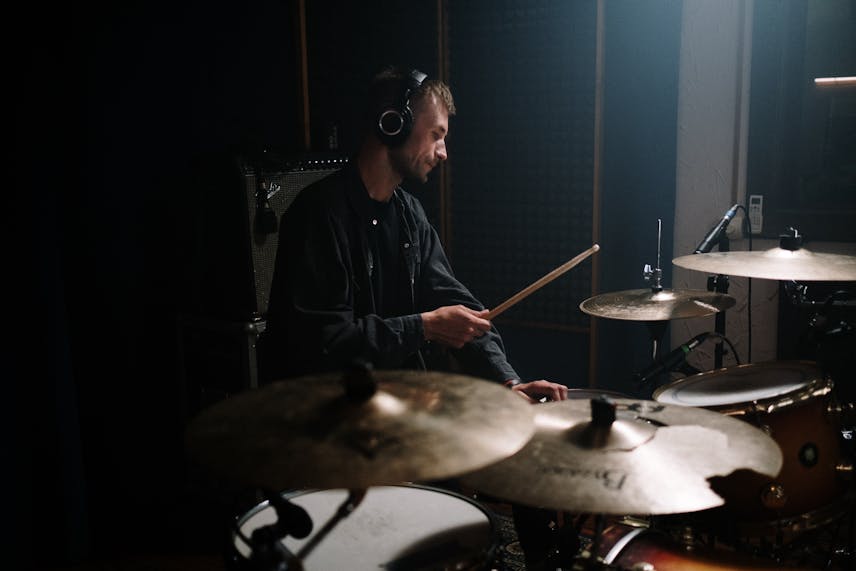When it comes to crafting the perfect LOFI music track, the choice and treatment of drums play a pivotal role. LOFI, known for its mellow, nostalgic sound, often relies on a distinctive percussion style to set the mood and rhythm. In this comprehensive guide, we’ll explore the nuances of selecting and processing drums to create that quintessential LOFI vibe.
Choosing the Right Drum Sounds for LOFI
The first step in creating an authentic LOFI drum sound is selecting the appropriate samples or recordings. Typically, LOFI drums are characterized by their ‘dusty’ and ‘vintage’ feel, often achieved through the use of old-school drum machines or sampled vinyl breaks. The iconic Roland TR-808 and TR-909 drum machines are popular choices among producers for their timeless sounds that blend seamlessly into the LOFI aesthetic.
Finding the Balance in Drum Production
The production process is where the magic happens. To achieve the LOFI drum sound, producers often employ techniques such as bit-crushing, to emulate the lower fidelity of vintage hardware. Additionally, subtle use of reverb can add the necessary warmth and space, while careful EQ-ing helps in achieving a muffled yet punchy sound.
Layering and Texturing
Layering different drum sounds can create a rich and complex drum track. Producers might layer a vinyl crackle or field recording over their drums to add texture and a sense of atmosphere. It’s not uncommon to hear subtle sounds like the crackling of a fire or the noise of a crowded room in LOFI tracks, as these elements contribute to the genre’s relaxed and intimate feel.
Programming the Beat
When it comes to programming the beat, swing and groove are your best friends. The slightly off-kilter timing of drums in LOFI music is what gives it that laid-back, head-nodding quality. Experimenting with different quantization settings or manually nudging notes off the grid can help in achieving this desired looseness.
Essential Drum Processing Techniques for LOFI
After choosing and layering your drum sounds, processing is the next critical step. Techniques such as low-pass filtering can cut out high frequencies, allowing drums to sit comfortably in the mix without overpowering other elements. Compression is another key tool, which, when used subtly, can glue the drum elements together while preserving their dynamics.
Side-chain Compression for Added Vibe
Side-chain compression, particularly with the kick drum, can create a pulsating effect that is very characteristic of LOFI music. By ducking the volume of other tracks in sync with the kick, you can achieve a more rhythmic and cohesive mix that breathes in rhythm with the beat.
LOFI Drums in Context: The Role of Drums in LOFI Tracks
The drums in a LOFI track often set the tempo and mood for the entire piece. While the drums should be felt, they shouldn’t overpower the harmonic and melodic elements. It’s all about balance and ensuring that the drums act as a supportive foundation for the rest of the music.
Experimentation is Key
Ultimately, there are no hard and fast rules when it comes to creating drums for LOFI music. The genre is all about feeling and vibe, so trust your ears and experiment with different sounds and techniques to find what works best for your track. Whether it’s sampling from old jazz records or programming your own beats from scratch, the journey of creating the perfect LOFI drum sound is a rewarding one.
In summary, the drums in LOFI music are much more than just a rhythmic backbone; they are a canvas for creativity and experimentation. By understanding the principles of sound selection and processing, you can craft drums that not only complement your LOFI tracks but also enhance the overall listening experience.


